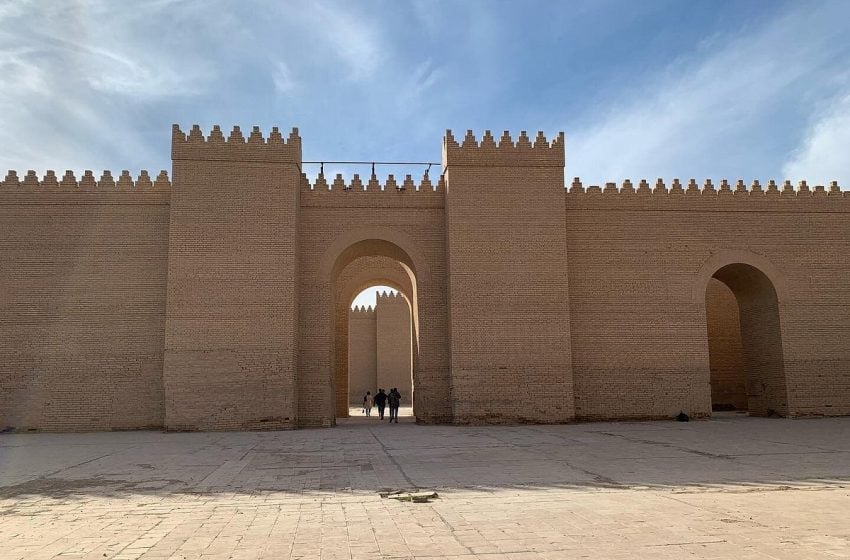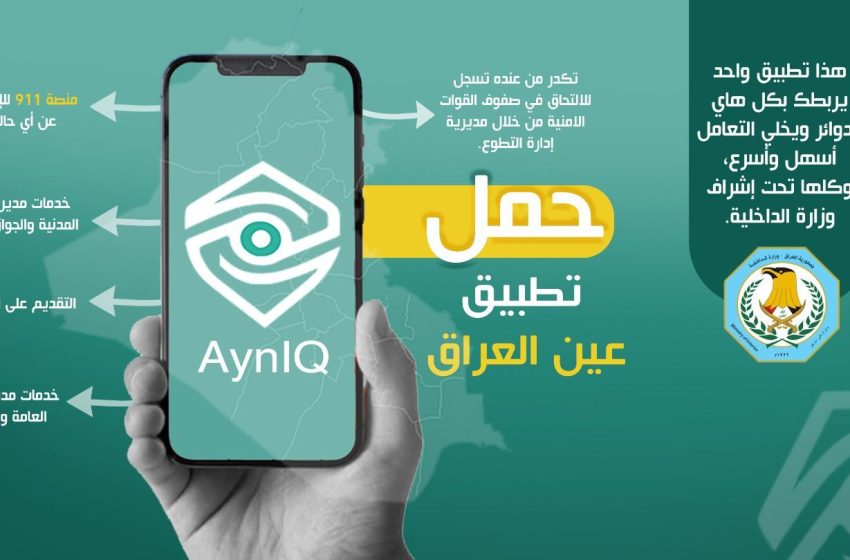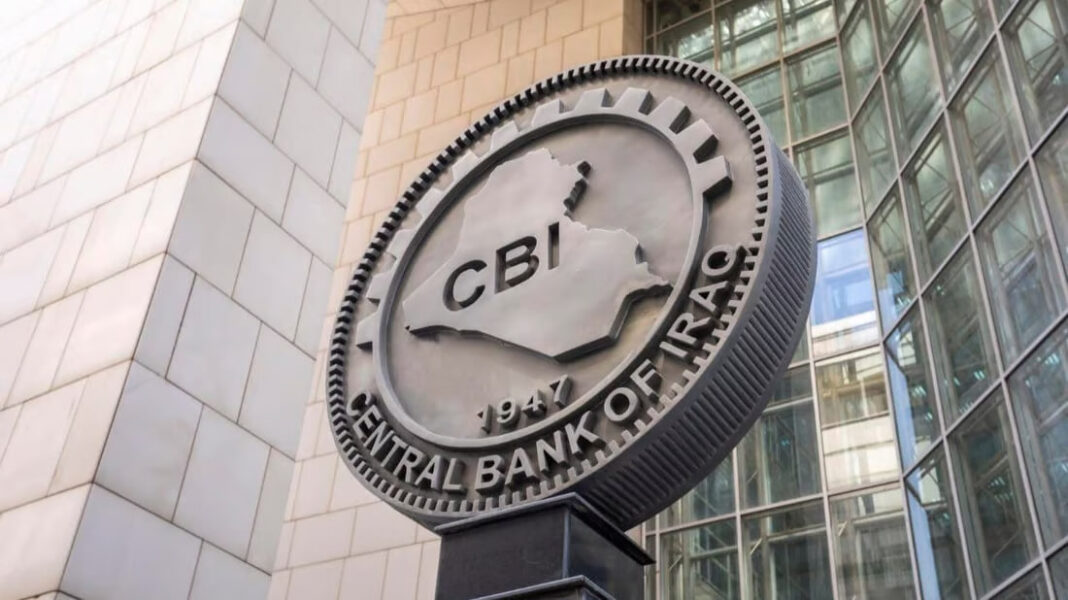Iraq tourism potential is rising rapidly, especially in religious hubs and Kurdistan cities. However, historical tourism continues to lag far behind.
Recent data from Iraq’s statistics agency shows that the tourism sector saw major gains in 2023. Over 2,400 hotels were active across the country. This marks an 86% growth over ten years. Moreover, hotel revenues hit 695 billion Iraqi dinars—up by 166% from 2015.
As a result, this expansion reflects a massive surge in guest numbers. In fact, in 2023 alone, 9.5 million visitors stayed in Iraqi hotels. Among them, about 2.7 million were international travelers. Clearly, this figure highlights Iraq’s increasing visibility on the global tourism map.
Despite this impressive rise, most of the activity is focused in a few regions. Sulaymaniyah led with 29% of all hotel stays. Karbala followed with 20%, and Erbil came next with 18%. Religious tourism remains the core attraction. Cities like Najaf and Karbala together hosted 65% of all foreign tourists.
However, this leaves a critical gap. Iraq is home to some of the world’s oldest civilizations. Yet regions like Babil and Dhi Qar receive minimal attention. Babil, which includes ancient Babylon, had only six hotels last year. Dhi Qar, home to the ruins of Ur, operated just 11.
Experts believe this is a missed opportunity. Iraq tourism potential goes far beyond religious travel. Historical tourism can help diversify the economy, create jobs, and sustain growth.
Although the security situation has improved, development remains unbalanced. Most investments target religious zones, leaving heritage-rich areas behind.
If Iraq wants to expand its tourism success, it must act soon. More effort must go into restoring and marketing ancient sites. Infrastructure, accessibility, and services need urgent upgrades.
Ultimately, by bridging the gap between holy sites and historical landmarks, Iraq can unlock its full Iraq tourism potential. The time to invest in ancient heritage is now.



